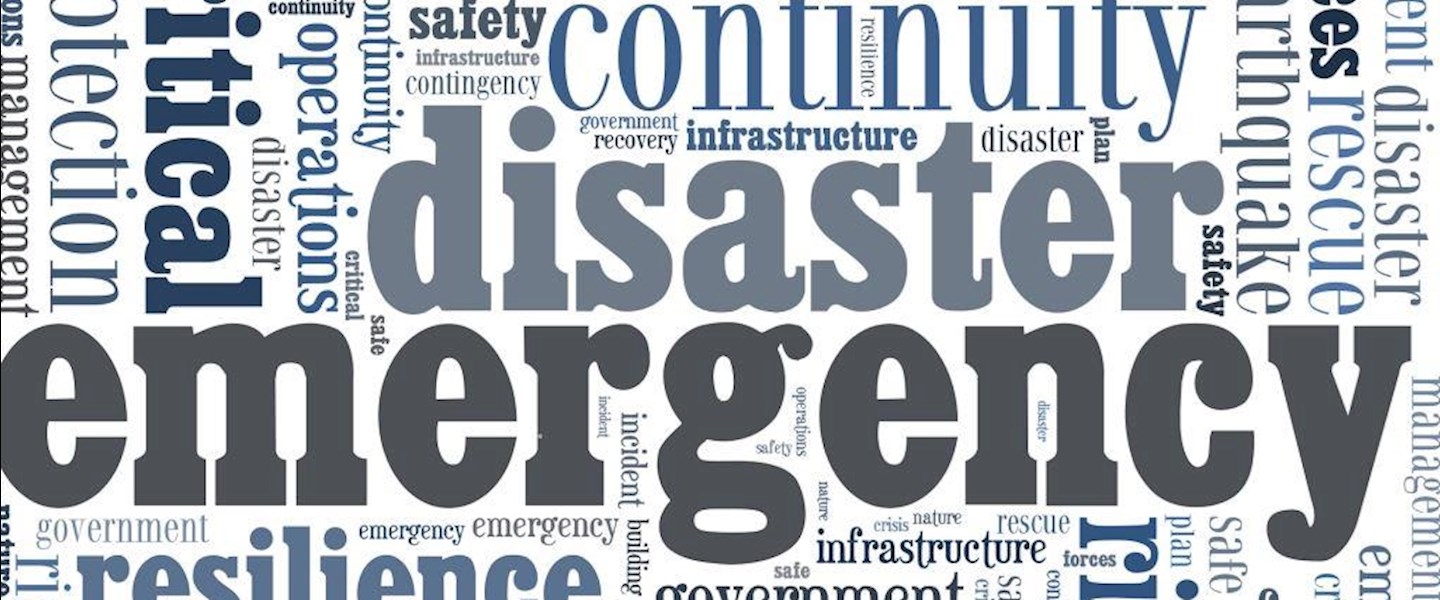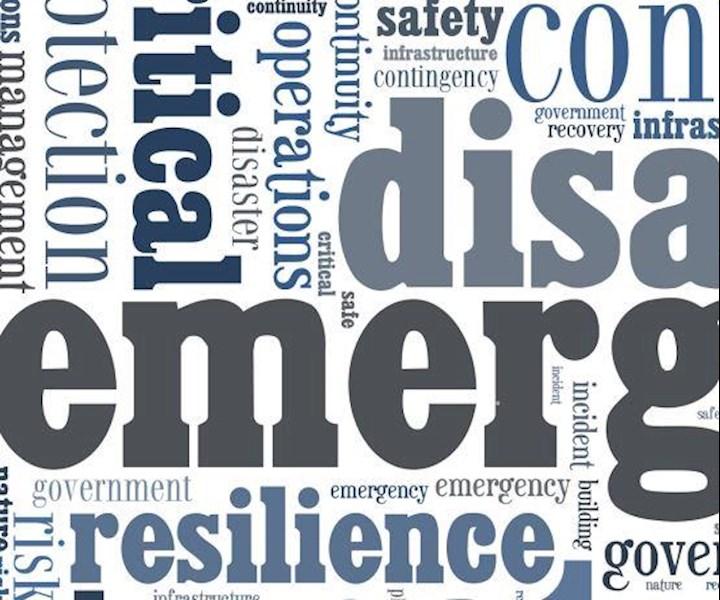Emergency Preparedness: How would your organisation respond in an emergency?


Post event analysis from workplace emergencies and incidents have highlighted consistent themes. Amongst them, are procedures which weren’t carried out, but within the capability of management, such as responsibility for making decisions or direction during an emergency. Other findings included no, or outdated emergency management plans and no training had been conducted.
Response planning
It is critical to develop an emergency management plan defining how your organisation responds if an incident occurs. Plans should be simple and easily understood as plans are more effective if staff are aware of their roles and responsibilities. However, some important stages to consider in emergency planning are:
- Identify and develop response procedures,
- Staff training,
- Implementing and monitoring the plan.
Procedure planning
Developing effective response plans has a huge influence on how staff are directed to safety, importantly, procedures should identify what is the prompt point to activate your plan. By identifying factors for activating your plan, some questions to consider should be:
- How will you be kept informed during the emergency?
- How will information be shared to keep people informed about the emergency?
- How will you identify conditions which an evacuation would be ordered?
- How will you conduct your evacuation and account for all people?
Who has the skills and who can you rely on?
- Identify staff who have first aid qualifications and train other staff if needed
- Have a current contact list of staff
- Identify who can react calmly and professionally.
Creating the emergency management plan
It is a good idea to note the procedures and processes you have identified and recognise the responses for different emergencies when preparing. Establish what needs doing, when and by whom. It can also be beneficial to connect with local businesses to compare plans, establish communication strategies to support each other in an emergency.
Staff involvement and training
All staff should undergo some training in your emergency procedures and establish what training is needed and when and who will provide the training and may involve exercises such as evacuations. After an emergency exercise, allow for staff feedback on identified issues so processes can be enhanced for next time. It is also important that staff are fully engaged in emergency procedures and your procedures are rehearsed regularly. In addition, allow for emergency procedures and information to be easily available to staff, for example, posting contact numbers in common areas, newsletters, or your company intranet.
Plan implementation
Implementation requires more than simply conducting the plan during an emergency and the training mentioned. It means being proactive on recommendations identified while developing the emergency processes and procedures for your business. Remember though, that planning is a continual process and to be effective in an emergency, plans and policies must be regularly tested and updated as your business changes. It is important to remember that planning is a proactive, consultative and ongoing process. You can't do it on your own.
View our blog terms and conditions here.


